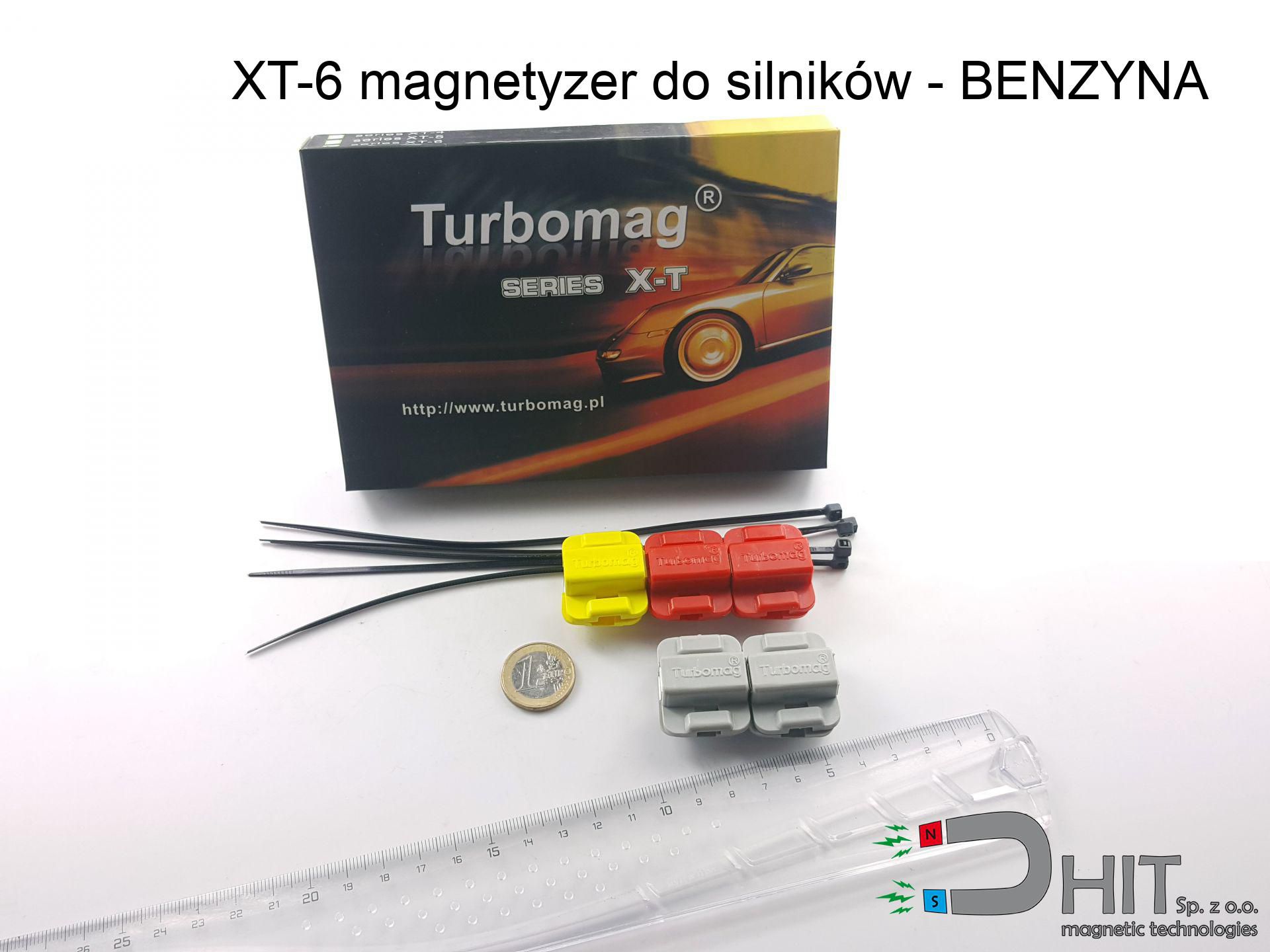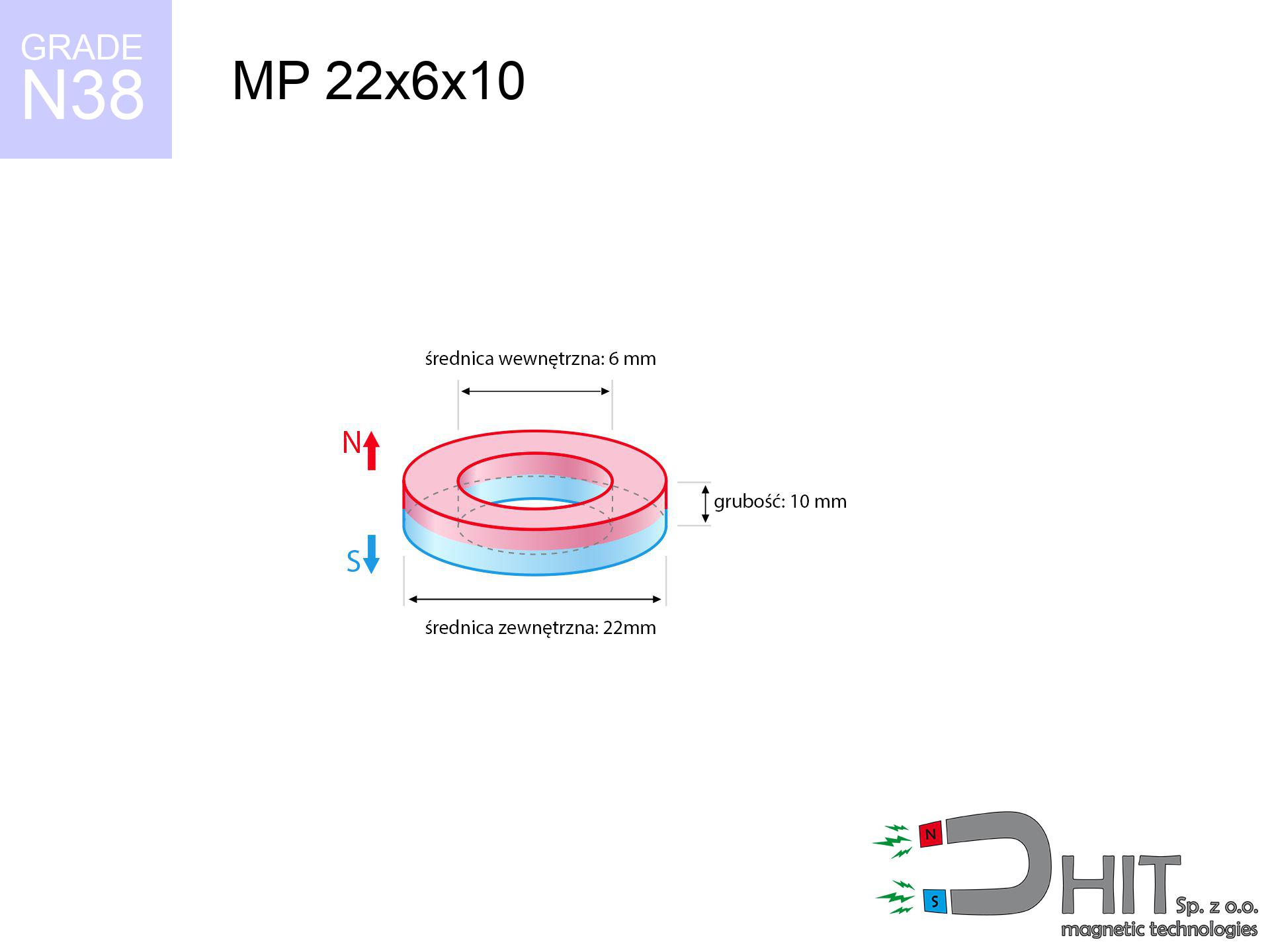XT-6 magnetyzer do silników - BENZYNA + olej - XT-6 magnetizer
XT-6 magnetizer
Catalog no 070244
GTIN/EAN: 5906301812449
Weight
152 g
94.99 ZŁ with VAT / pcs + price for transport
77.23 ZŁ net + 23% VAT / pcs
bulk discounts:
Need more?
Call us now
+48 22 499 98 98
otherwise drop us a message via
our online form
through our site.
Weight and shape of a neodymium magnet can be estimated with our
force calculator.
Order by 14:00 and we’ll ship today!
Technical - XT-6 magnetyzer do silników - BENZYNA + olej - XT-6 magnetizer
Specification / characteristics - XT-6 magnetyzer do silników - BENZYNA + olej - XT-6 magnetizer
| properties | values |
|---|---|
| Cat. no. | 070244 |
| GTIN/EAN | 5906301812449 |
| Production/Distribution | Dhit sp. z o.o. |
| Country of origin | Poland / China / Germany |
| Customs code | 85059029 |
| Weight | 152 g |
| Manufacturing Tolerance | ±1 mm |
Physical properties of sintered neodymium magnets Nd2Fe14B at 20°C
| properties | values | units |
|---|---|---|
| Vickers hardness | ≥550 | Hv |
| Density | ≥7.4 | g/cm3 |
| Curie Temperature TC | 312 - 380 | °C |
| Curie Temperature TF | 593 - 716 | °F |
| Specific resistance | 150 | μΩ⋅cm |
| Bending strength | 250 | MPa |
| Compressive strength | 1000~1100 | MPa |
| Thermal expansion parallel (∥) to orientation (M) | (3-4) x 10-6 | °C-1 |
| Thermal expansion perpendicular (⊥) to orientation (M) | -(1-3) x 10-6 | °C-1 |
| Young's modulus | 1.7 x 104 | kg/mm² |
Chemical composition
| iron (Fe) | 64% – 68% |
| neodymium (Nd) | 29% – 32% |
| boron (B) | 1.1% – 1.2% |
| dysprosium (Dy) | 0.5% – 2.0% |
| coating (Ni-Cu-Ni) | < 0.05% |
Environmental data
| recyclability (EoL) | 100% |
| recycled raw materials | ~10% (pre-cons) |
| carbon footprint | low / zredukowany |
| waste code (EWC) | 16 02 16 |
View more products
Advantages and disadvantages of Nd2Fe14B magnets.
Pros
- They do not lose magnetism, even over approximately ten years – the decrease in power is only ~1% (theoretically),
- They do not lose their magnetic properties even under strong external field,
- A magnet with a shiny nickel surface is more attractive,
- Magnets are distinguished by impressive magnetic induction on the surface,
- Through (adequate) combination of ingredients, they can achieve high thermal resistance, enabling functioning at temperatures reaching 230°C and above...
- Possibility of accurate machining and adapting to complex applications,
- Versatile presence in advanced technology sectors – they are used in mass storage devices, drive modules, advanced medical instruments, also multitasking production systems.
- Relatively small size with high pulling force – neodymium magnets offer strong magnetic field in compact dimensions, which allows their use in miniature devices
Limitations
- They are fragile upon heavy impacts. To avoid cracks, it is worth protecting magnets in a protective case. Such protection not only shields the magnet but also improves its resistance to damage
- We warn that neodymium magnets can lose their power at high temperatures. To prevent this, we suggest our specialized [AH] magnets, which work effectively even at 230°C.
- Due to the susceptibility of magnets to corrosion in a humid environment, we advise using waterproof magnets made of rubber, plastic or other material resistant to moisture, when using outdoors
- Limited ability of producing nuts in the magnet and complicated shapes - recommended is casing - magnet mounting.
- Potential hazard resulting from small fragments of magnets are risky, if swallowed, which gains importance in the aspect of protecting the youngest. Additionally, small components of these products can complicate diagnosis medical in case of swallowing.
- High unit price – neodymium magnets are more expensive than other types of magnets (e.g. ferrite), which hinders application in large quantities
Lifting parameters
Breakaway strength of the magnet in ideal conditions – what it depends on?
- using a base made of low-carbon steel, serving as a ideal flux conductor
- whose thickness reaches at least 10 mm
- characterized by even structure
- with direct contact (without paint)
- under axial application of breakaway force (90-degree angle)
- in temp. approx. 20°C
What influences lifting capacity in practice
- Distance (betwixt the magnet and the metal), since even a tiny distance (e.g. 0.5 mm) leads to a drastic drop in force by up to 50% (this also applies to varnish, rust or dirt).
- Force direction – remember that the magnet holds strongest perpendicularly. Under sliding down, the holding force drops significantly, often to levels of 20-30% of the nominal value.
- Substrate thickness – for full efficiency, the steel must be sufficiently thick. Thin sheet restricts the lifting capacity (the magnet "punches through" it).
- Material composition – not every steel attracts identically. High carbon content weaken the interaction with the magnet.
- Surface quality – the more even the surface, the better the adhesion and stronger the hold. Roughness acts like micro-gaps.
- Temperature – heating the magnet causes a temporary drop of force. Check the maximum operating temperature for a given model.
Holding force was measured on a smooth steel plate of 20 mm thickness, when the force acted perpendicularly, however under attempts to slide the magnet the holding force is lower. Additionally, even a minimal clearance between the magnet and the plate lowers the lifting capacity.
Precautions when working with neodymium magnets
Warning for allergy sufferers
A percentage of the population experience a sensitization to nickel, which is the standard coating for NdFeB magnets. Prolonged contact might lead to dermatitis. We recommend wear protective gloves.
Heat warning
Avoid heat. Neodymium magnets are sensitive to heat. If you require resistance above 80°C, inquire about HT versions (H, SH, UH).
Keep away from computers
Avoid bringing magnets close to a purse, computer, or screen. The magnetism can destroy these devices and wipe information from cards.
Medical interference
Individuals with a heart stimulator should keep an safe separation from magnets. The magnetism can stop the functioning of the life-saving device.
Combustion hazard
Mechanical processing of NdFeB material carries a risk of fire risk. Magnetic powder reacts violently with oxygen and is hard to extinguish.
Keep away from electronics
GPS units and mobile phones are extremely sensitive to magnetic fields. Close proximity with a powerful NdFeB magnet can permanently damage the sensors in your phone.
Respect the power
Use magnets with awareness. Their powerful strength can surprise even professionals. Plan your moves and respect their force.
Beware of splinters
Beware of splinters. Magnets can fracture upon uncontrolled impact, launching sharp fragments into the air. Eye protection is mandatory.
Choking Hazard
Absolutely keep magnets out of reach of children. Choking hazard is high, and the effects of magnets clamping inside the body are tragic.
Crushing force
Danger of trauma: The pulling power is so great that it can cause hematomas, crushing, and even bone fractures. Protective gloves are recommended.



![BM 320x180x70 [4x M8] - magnetic beam BM 320x180x70 [4x M8] - magnetic beam](https://cdn3.dhit.pl/graphics/products/bm-320x180x70-4x-m8-rar.jpg)
![SM 25x175 [2xM8] / N52 - magnetic separator SM 25x175 [2xM8] / N52 - magnetic separator](https://cdn3.dhit.pl/graphics/products/sm-25x175-2xm8-gif.jpg)



